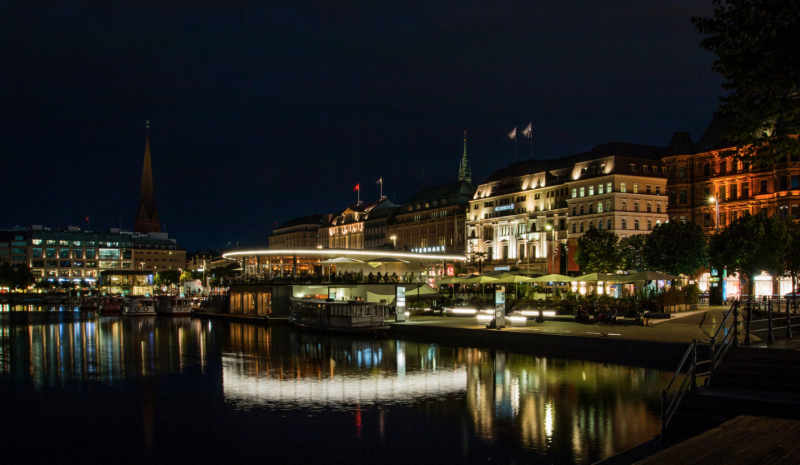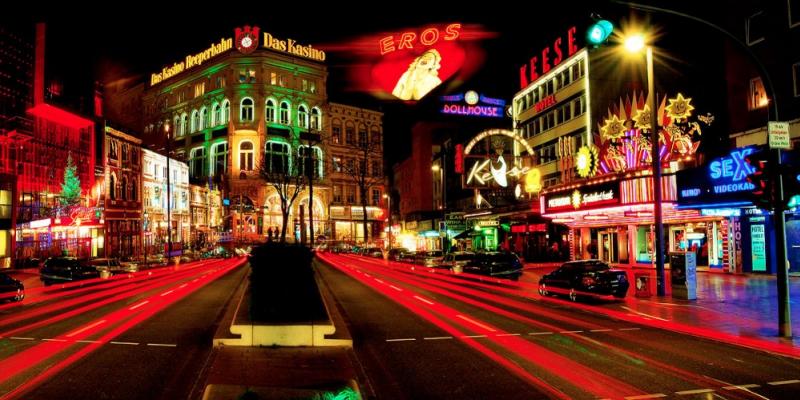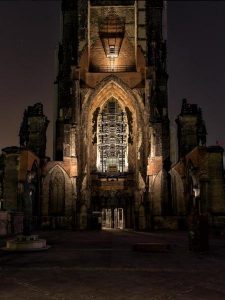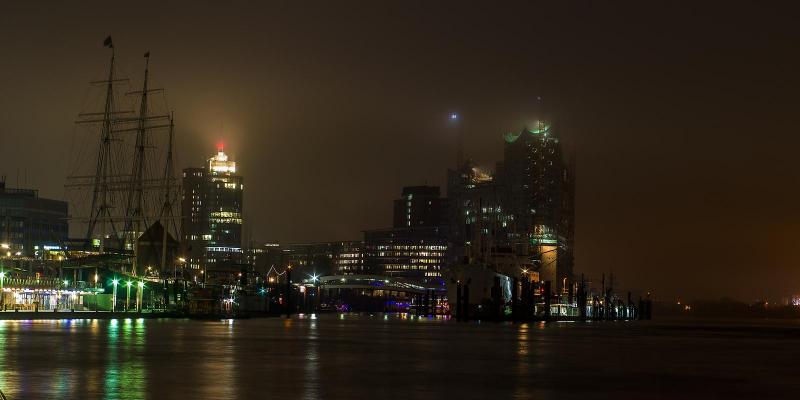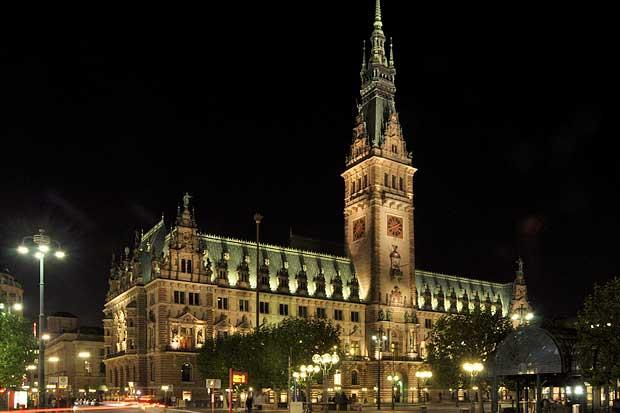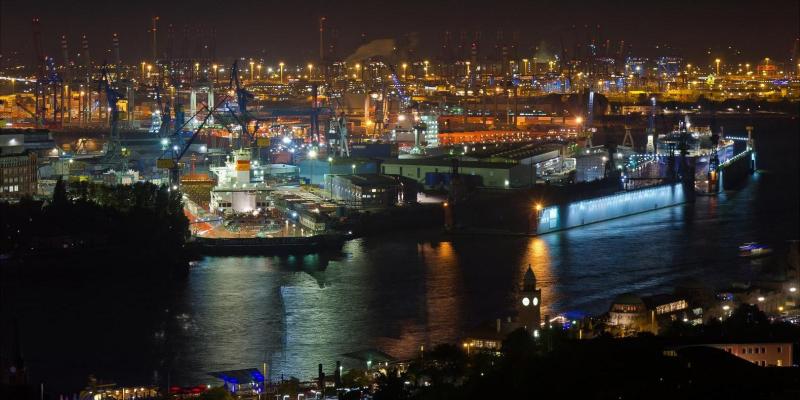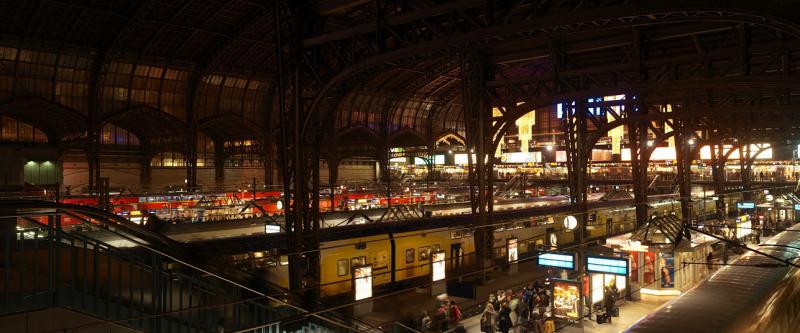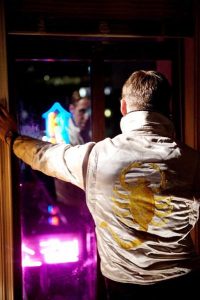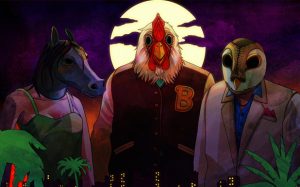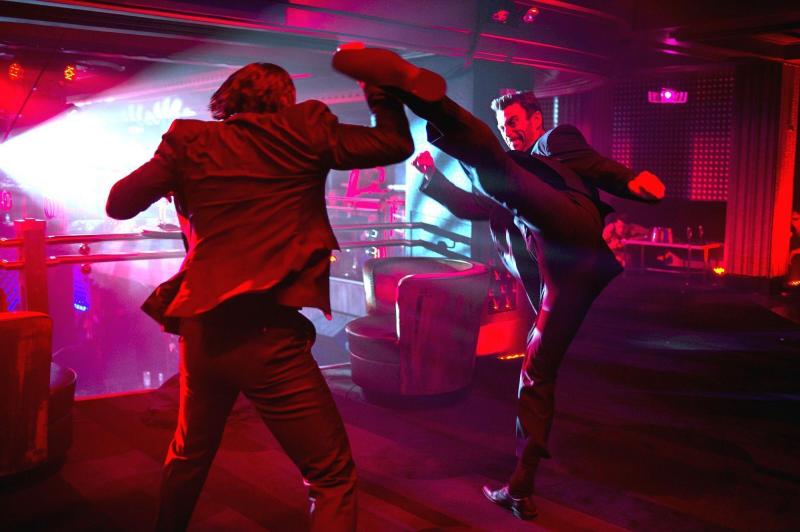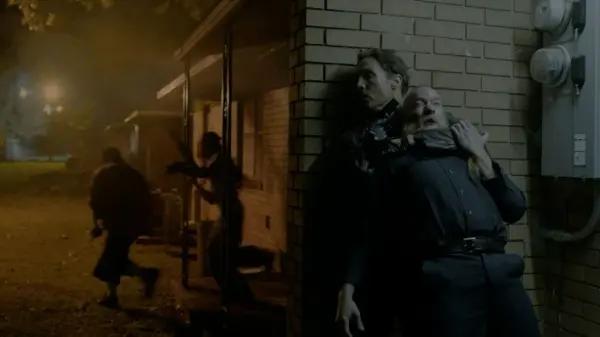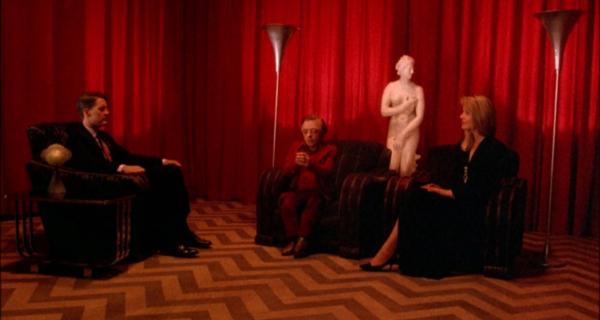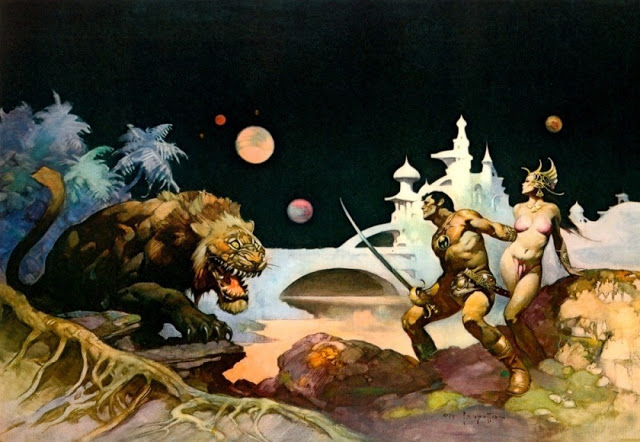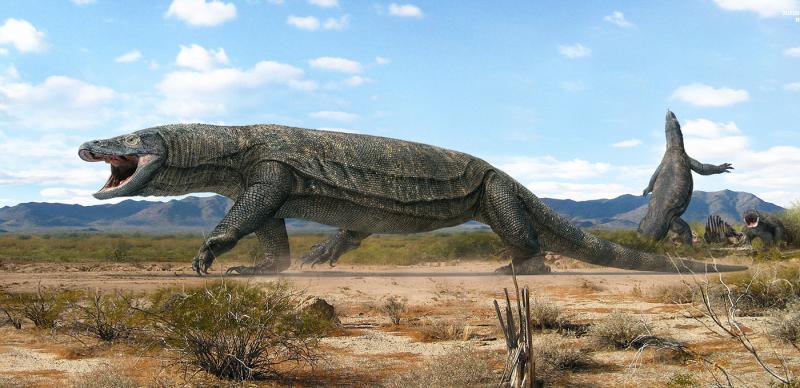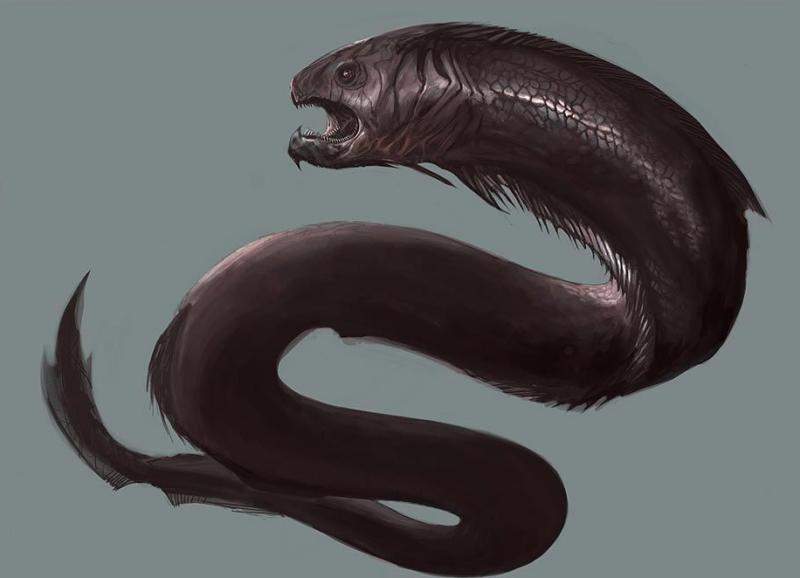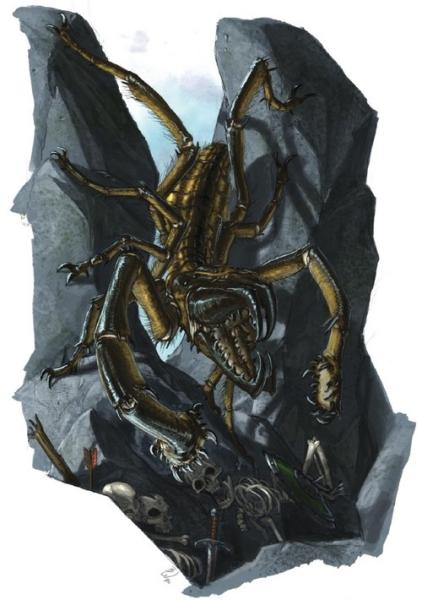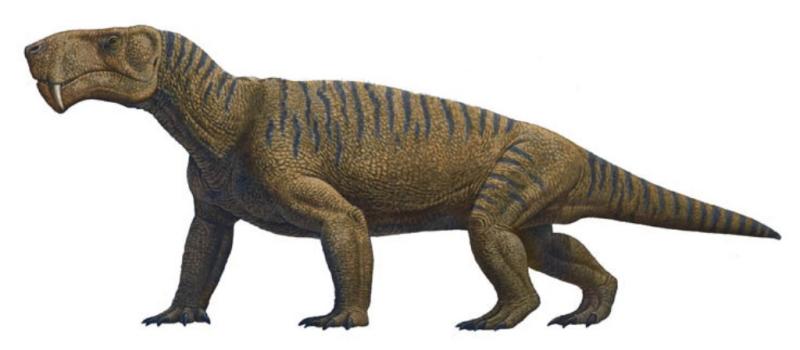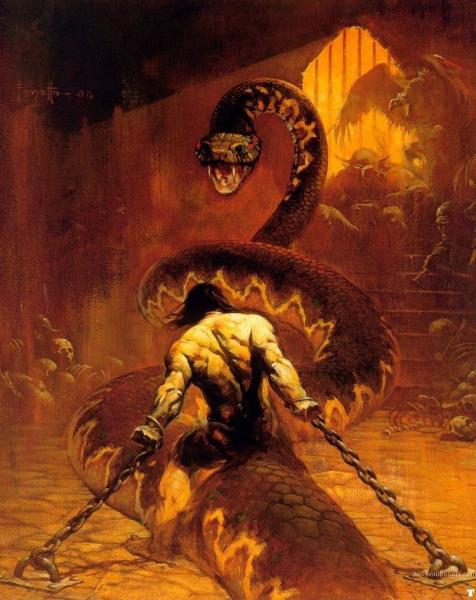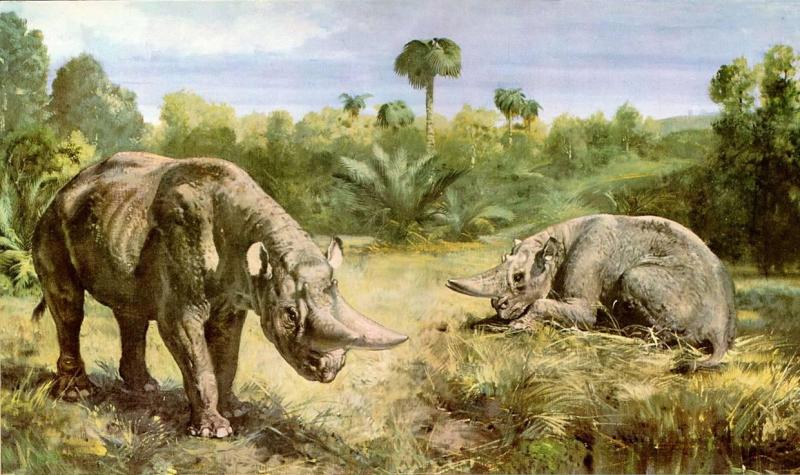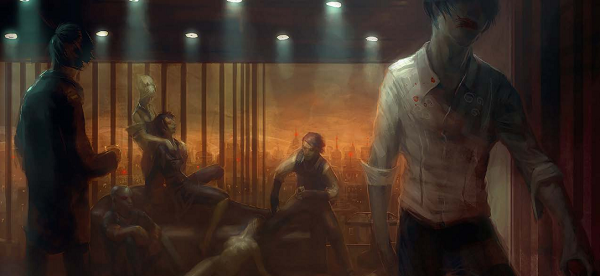 One thing that has always been left very unclear about Vampire: The Masquerade (maybe in part deliberately) is the question of the scale at which the vampire society of a given domain exists. To some degree, the concept of the World of Darkness is pulling in two opposing directions. On the one hand, the game has for a very long time been promoted as “a game of personal horror”. Horror is inherently dependent on a sense of isolation and vulnerability, and the rulebooks make it clear throughout all editions that vampires are generally solitary loners who usually don’t want to have much to do with each other. But on the other hand, it’s also really big on the concept of Clans as interconnected organizations in conflict both with each other and among themselves in a global struggle that spans centuries. And on top of that are even older vampires that hide in the shadows and pull the strings of hundreds of unwitting pawns who consider themselves to be the lords of the night. So what is it? Bleak isolation or tightly knit families?
One thing that has always been left very unclear about Vampire: The Masquerade (maybe in part deliberately) is the question of the scale at which the vampire society of a given domain exists. To some degree, the concept of the World of Darkness is pulling in two opposing directions. On the one hand, the game has for a very long time been promoted as “a game of personal horror”. Horror is inherently dependent on a sense of isolation and vulnerability, and the rulebooks make it clear throughout all editions that vampires are generally solitary loners who usually don’t want to have much to do with each other. But on the other hand, it’s also really big on the concept of Clans as interconnected organizations in conflict both with each other and among themselves in a global struggle that spans centuries. And on top of that are even older vampires that hide in the shadows and pull the strings of hundreds of unwitting pawns who consider themselves to be the lords of the night. So what is it? Bleak isolation or tightly knit families?
The Camarilla consists of seven clans, and while not every city would need to have a strong presence of all seven, I think most players and GMs would want to have all of them represented in their campaigns to t least make them options for player characters. Then each clan also has elders of the 7th or 8th generation, while the default generation for PCs is 13th, which are the most common vampires. And there’s also a growing number of vampires of the 14th and 15th generation in recent decades. That means that clan would have members of 6 to 9 different generations. Even if you have only one vampire per generation per clan, you’re already starting with about 50 vampires. That is a pretty large community.
Population Sizes
Quite early on, a rough estimate was mentioned that the Camarilla considers 1 vampire per 100,000 humans a good number to not cause any occasional killings by vampires to raise suspicion or interest. The number is widely dismissed as not being really based on anything, but it’s the only number there is. Combine it with 50 vampires that inhabit a domain, and you would need an urban area of 5 million humans. (City borders are a human administration thing, vampires only care where the rural country side starts.) And when you look at the US, Canada, and Mexico, where most of the published material for the game is set, you get 11 urban areas that lie above that number (in the mid 2010s). For smaller vampire communities of 20 to 50 vampires, you get another 20 domains. That actually seems pretty workable.
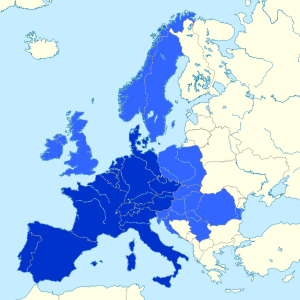
However, things get wonky when you apply the same assumptions to Europe. As it turns out, the population in Europe is more evenly spread out. Even though the balance between urban and rural population is about the same (~80/20), European countries tend to have more mid-sized cities instead of a few giant ones. In an area with a comparable population of humans, there are only 5 urban areas that pass the 5 million people mark, and another 14 above the 2 million people mark. That would mean that America could maintain +50% more vampire communities of at least 20 vampires, and more than twice as many communities of at least 50 vampires. And with the Cainites having been established in Europe ten times longer than in North America, that just feels wrong. Europe should be the heart of the Western Vampire World.
However, there is another important difference. As the saying goes “In Europe, a hundred miles is a long distance. In America, a hundred years are a long time”. The area from England, through the Low Countries, Western Germany, and to Northern Italy has a population like the US East Coast but at only a third the length. Getting from one major city to another can be a lot quicker than getting from the outskirts to the city center during high traffic in a lot of places. I think for campaigns set in Europe, there needs to be a different image of what the domain of a prince looks like. Instead, you could have domains consisting of dozens of smaller cities that all can support only one or two vampires each. Or a prince who holds dominion of four cities that are each home to half a dozen vampires. In the most densely inhabited areas, there is very little empty space that could truly be considered rural by American standards.
Age Distribution
Another interesting topic is the matter of generations. As the books explain, when the vampires decided to go into hiding and disappear from the human world at the end of the Middle Ages, it became a necessity to move to the cities, where more people would be out on the streets after night, and stories of attacks and death seen as nothing that unusual. While a vampire can easily survive by feeding on just a few dozen humans, doing so without ever noticing a pattern of strange sightings and disappearances requires hiding among thousands of humans. So even while the human population in Europe increased significantly over the centuries, the number of vampires would not have risen with them and remained stagnant, if not even decline as killed vampires were not replaced in already overcrowded cities. And it was in this context that some vampires chose to try their luck with risking the highly dangerous journey to the New World.
The vampires with the most to gain by migrating to America would have been the ones with the least to loose. Which in the society of the Camarilla means the youngest one. The new Masquerade and threat of werwolves in the countryside made vampires mostly confined to cities, and the laws created by the Camarilla elders to ensure that no infighting among vampires would raise the suspicions of mortals also just happened to protect the interests of the same elders against young upstarts trying to get their own slice of the pie. Those 8th generation elders who are now princes in America would still have been neonates less than a century old when they first came to the colonies, to later be joined by a slow trickle of 9th and 10th generation vampires.
While Europe saw a significant population growth in the last two centuries, the boom in North America at the same time was on a considerably different scale. From 1870 to 2000, the population in Western Europe roughly doubled in size. In the same period, the population of the United States increased eight times. Much of it driven by new immigration. But in my own opinion, that migration of humans would not have been mirrored by an equal migration of vampires. Crossing the open ocean on a ship, crammed with hundreds of people for weeks is extremely dangerous, and even when you get to your destination you start with no contacts and no shelter. Instead, the growth of the American vampire population would have come from local vampires creating new fledglings in large numbers. Even if the oldest vampires of the 8th generation want to create new childer, they would only be 9th generation themselves. And most new vampires would be created by younger vampires who had no childers yet of their own. It’s easy to see the ranks of 11th, 12th, and 13th generation vampires explode alongside the human population.
In Europe, the situation would be different. Almost all the 6th and 7th generation vampires would have stayed in their well established domains, together with a majority of 8th generation vampires. So my view is that in Europe the total amount of Elder vampires is several times larger than in America. But since we are comparing two areas of similar human populations with similar degrees of urbanization, the total amount of all vampires would be the same. At the same time, with human population growth being only a quarter the rate as in America, the growth of the vampire population would have been much more limited as well. Quite likely Europe would have been overcrowded by old vampires at the same time as America had huge potential for growth, so the vampire population in Europe might not have grown at all. I can totally see many European princes decided that keeping the vampire population the same while the human population doubles makes maintaining the Masquerade much less stressful. The books talk about American neonates being miffed at not being able to create new fledglings any time they want. In Europe, it would be so much worse. However, at the same time, with larger numbers of old vampires of older generations, there is still much more possibility of new vampires being added to older generations. In America, the few 8th generation elders can always only create a new 9th generation vampire. In Europe, a 6th generation vampire might still get the idea to have one more 7th generation childe to raise for the next couple of decades. This of course continues further down the line, with 9th and 10th generation fledgling being just as likely as 13th or 14th generation ones.
In Summary
I think there’s a good case for approaching vampire society in Europe quite different from how vampire society in America is described. In Europe, the urban development is more conductive to spread out and decentralized domains than the monolithic metropolis surrounded by a ring of suburbs.
The idea that there are a tiny number of elders and a large majority of neonates also doesn’t have to stay true in Europe. Populations that are roughly one third elders, ancilla, and neonates each absolutely makes sense.
While it’s not necessary, and arguing demographics and sociology in a game about undead monsters is pointless, I think it would actually be quite interesting to have America and Europe be distinctively different. I already talked about how the typical urban decay with street gangs and burning cars does not really feel right for a darker and twisted Germany. Having different regions feel actually different is much more interseting and exciting than simply switching all KFCs for Nordsees.

